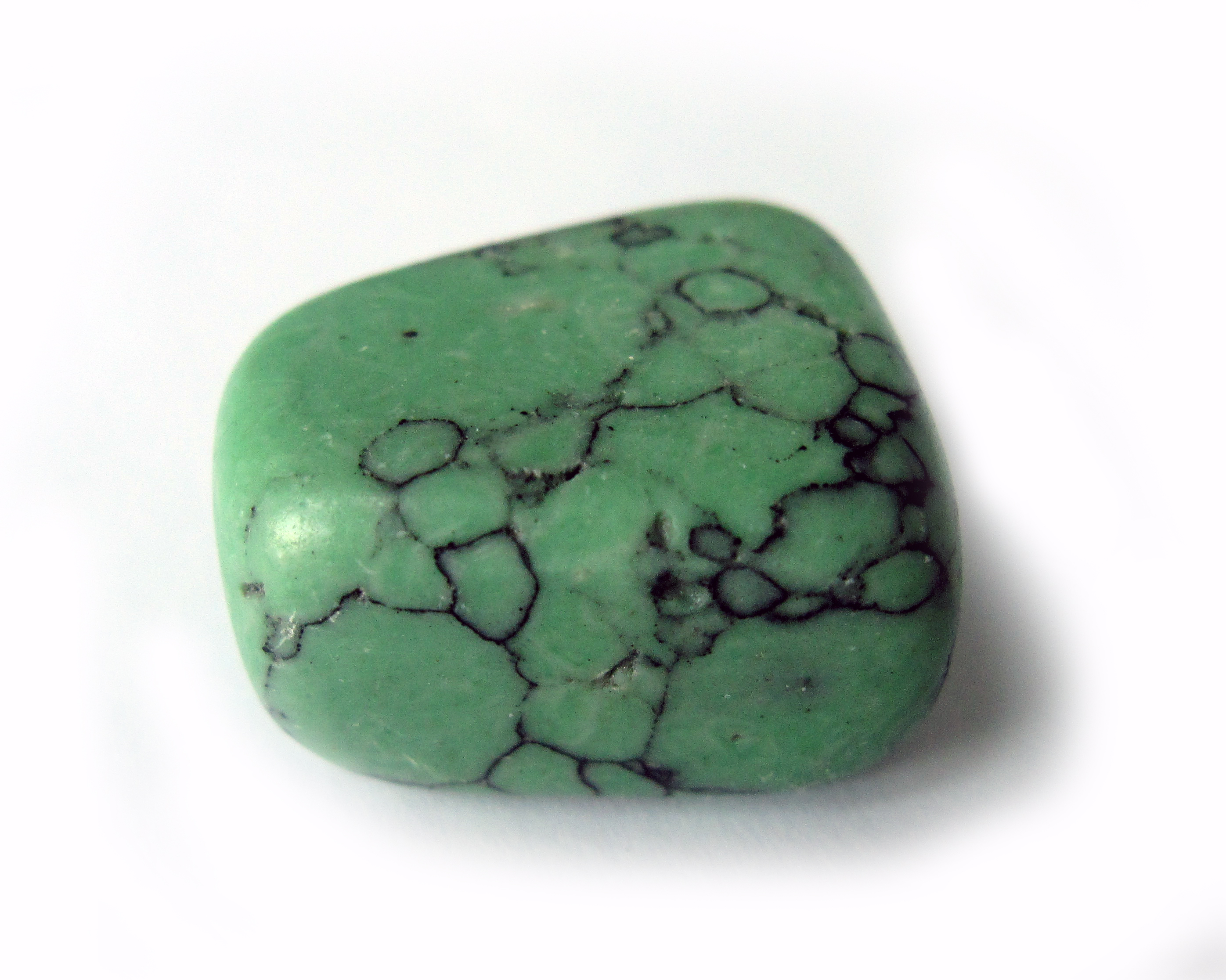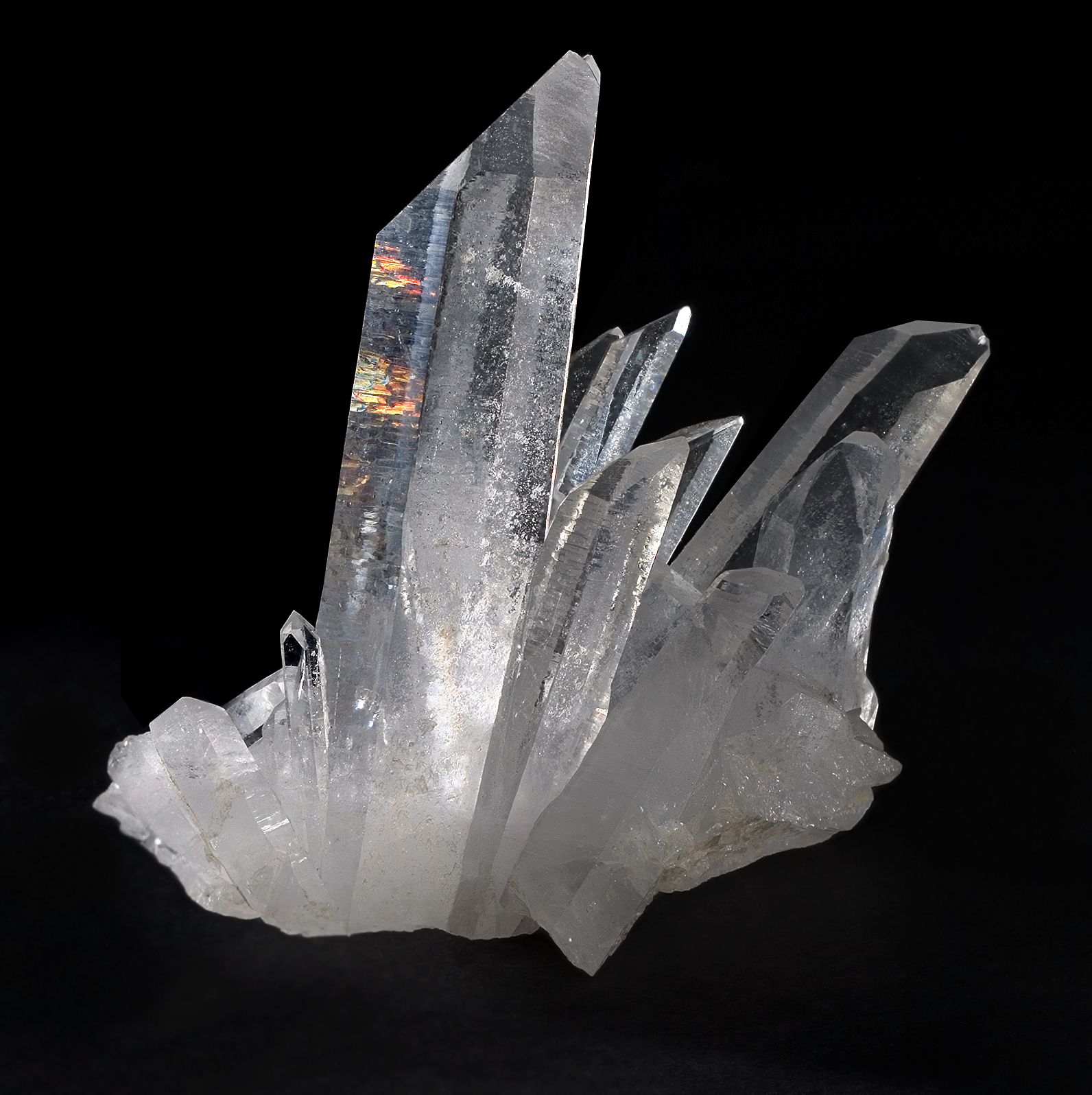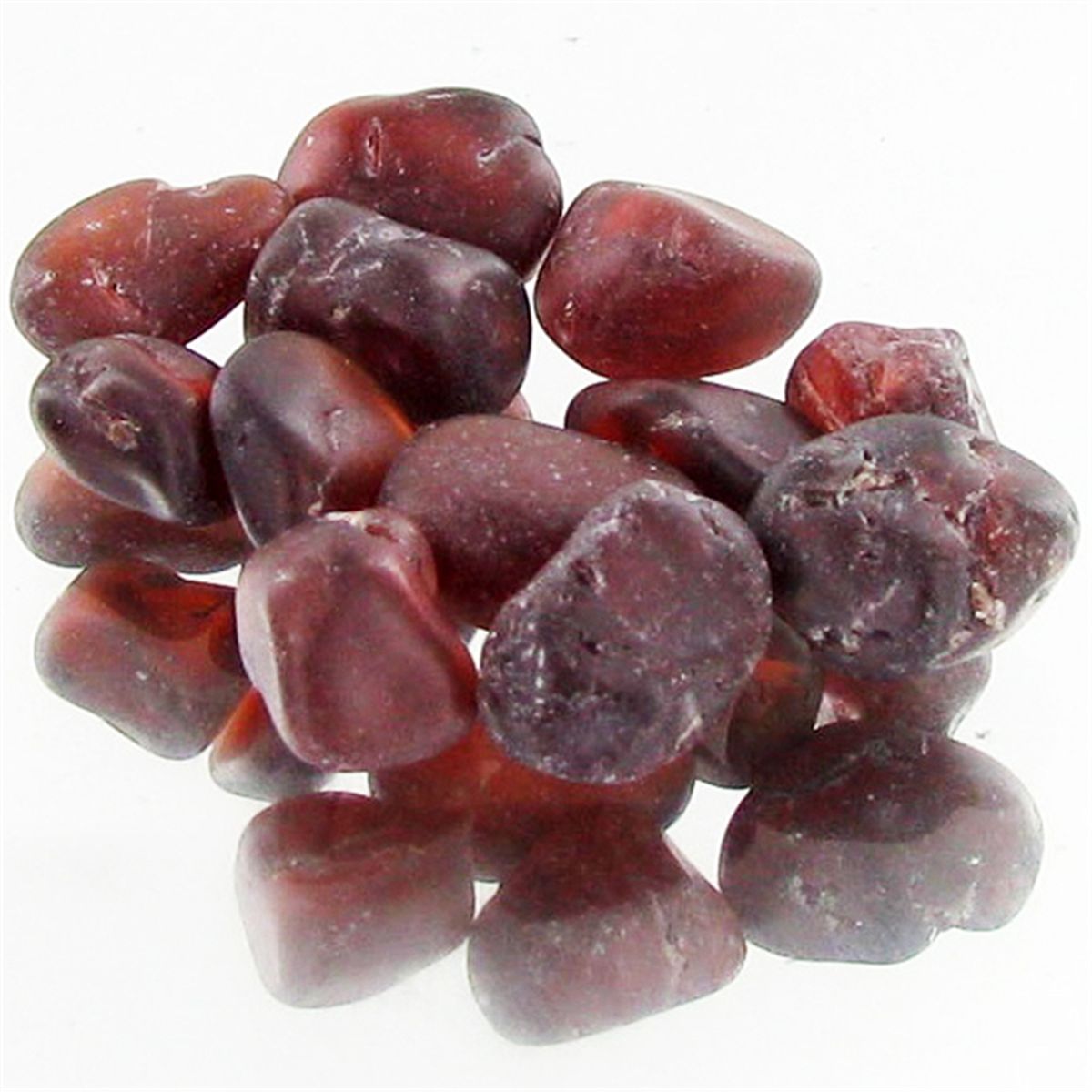Rock Nation
A G A T E
Ex 28:19, 39:12

Agate is named as the 2nd stone in the 3rd row of the High Priest's breastplate. Agates are a form of fine-grained variety of quartz that are banded or lined in a variety of patterns of colored layers. Colors range from white to dull yellow, red, brown, orange, blue, black & gray. The Hebrew word for agate is shebo which literally means "to flame, split into tongues." "Agate" come from the Greek word, aches, which is the name of the river in Sicily where agate was mined in abundance in the early 3000 BC.
A M B E R
Ezek 1:4, 27; 8:2
 Amber is an organic material made up of fossilized natural resigns & it ranges in color from golden yellow to orange-brown. The ancient Greek term for Amber was electron, a word referring to the sun. Amber is known to create electrical charge when rubbed.
Amber is an organic material made up of fossilized natural resigns & it ranges in color from golden yellow to orange-brown. The ancient Greek term for Amber was electron, a word referring to the sun. Amber is known to create electrical charge when rubbed.
A M E T H Y S T
Ex 28:19, 39:12, Rev 21:20

Amethyst is a variety of quartz that is best known for it's rich, violet-purle hue. In ancient Mesopotamia through European Middle Ages, amethyst was highly valued and prized for its unique beauty. Early Greek & Roman societies placed high value on amethyst & it has long been viewed as a stone of royalty & was associated with pharaohs, emperors, kings & cardinals. Amethyst was mostly utilized in crowns, scepters & the rings of bishops.
A Q U A M A R I N E
(B E R Y L)
Rev 21:20

Aquamarine is a light blue or bluish-green variety of beryl. This stone is known by historians as "a thousand leagues of sunlight & sea imprisoned in a cup." Aquamarine was the most available variety of beryl during Bible times, while the emerald (also beryl) was more rare. The term aquamarine is not used by any of the Bible translators, but many scholars believe that the aquamarine was the type of beryl (berullos) of the eighth stone of the New Jerusalem. At that time, emeralds, though also beryl, were called by another name, smaragdos (this being the fourth stone in the New Jerusalem.)
B E R Y L
Ex 28:19, 39:12, Ezek 28:13, Rev 21:20
 Beryl is the 8th stone in the New Jerusalem. Beryl is the true name of several other important gemstones, yet a term not often used. There are different forms of beryl and the best known beryl are the emerald & aquamarine. Pliny the Elder (23-79 AD) who was a historian at the time the Book of Revelation was written, describes the beryl of that day, "The Lapidaries cut all beryls of a hexagonal form because the color... is heightened by reflections resulting from the angles. The most esteem beryls are those which in color resemble the pure green of the sea." In ancient times the aquamarine was the beryl of choice, while the emerald has always been considered the most valued.
Beryl is the 8th stone in the New Jerusalem. Beryl is the true name of several other important gemstones, yet a term not often used. There are different forms of beryl and the best known beryl are the emerald & aquamarine. Pliny the Elder (23-79 AD) who was a historian at the time the Book of Revelation was written, describes the beryl of that day, "The Lapidaries cut all beryls of a hexagonal form because the color... is heightened by reflections resulting from the angles. The most esteem beryls are those which in color resemble the pure green of the sea." In ancient times the aquamarine was the beryl of choice, while the emerald has always been considered the most valued.
C A R N E L I A N
(S A R D I U S)
Ex 28:19, 39:10, Rev 4:3, 21:20

Carnelian is a translucent, hard, fine-grained variety of orangish red quartz that has often been used for ring stones and wax seals. Cornelian has been frequently discovered in excavations of the ancient tombs of royalty. Carnelian is the modern word for the stone translated as surds in the KJV. The Greek word is sardius & is found as the 6th stone of the New Jerusalem. The Hebrew word modem (literally redness or red stone) is translated by some Bible scholars as surds (today's carnelian) have been any one of several red stones known to the ancient Hebrews; the garnet or red jasper, as well as the surdius (carnelian).
C H A L C E D O N Y
Rev 21:19

Chalcedony is a cryptocrystalline (having crystals so small they cannot even be seen with a microscope) variety of quartz. It has a waxy luster & can be semi-transparent to translucent. There are many varieties of chalcedony, but most of them are known under different names & are distinguished by their color (Ex. chrysoprase is apple green, carnelian is red, onyx is black & white stripes, sardonyx is red & white stripes, & agate is banded in many colors). Things that are called by the name chalcedony are generally milky white, light gray, blue & yellowish brown in color. Chalcedony in gem form is general cut in cabochons, as it is not well suited for faceting. In Bible times, chalcedony was used extensively in the carving of seals, signet rings, beads, bowls, goblets, glasses & other household objects. The word "chalcedony" is derived from the name of the ancient Greek town, Chalkedon, in Asia Minor, in modern English usually spelled Chalcedon. It is listed as the third foundation stone of the New Jerusalem.
C H R Y S O P R A S E
Rev 21:20

Chrysoprase is a translucent, bright apple or grassy green variety of chalcedony. The green color comes from nickel. It is the most valuable variety of chalcedony. Chrysoprase is listed as the 10th stone in the foundation of the New Jerusalem. The modern word comes from the Greek chrusoprasos and literally translated is choruses meaning "golden" and prison meaning "a leek"indicating the color of the stone. The most famous deposits of chrysoprase came from Silesia (a former Prussian province). During the Middle Ages, it was believed that if one who was condemned for crime held the stone in his mouth he would escape the just punishment of his crime. Though obviously there is no merit to this belief, it is a delightful picture of the redemptive work of Jesus & the scripture that says, "it is with our mouths that we confess and are saved," escaping our just punishment.
C R Y S T A L
Job 28:17, Isa 54:12, Rev 4:6, 21:11, 22:1

Rock crystal is a colorless, transparent, course crystalline quartz. Quartz is one of the most common minerals found nearly everywhere in the world. Rock crystal is very abundant & can occur in single crystals that can weigh several tons. The largest recorded crystal, founded in Brazil, was 20 feet long, several feet thick & weighed more than 44 tons. Ancient people developed many uses for crystal. Quarts crystal lenses were found in the ruins of Nineveh (3000 BC). Lenses such as these may have been used for magnifying, burning or even cauterizing wounds. Egyptians mined crystal as early as 3500 BC. The Romans carved vases, bowls & goblets from larger blocks of crystal. Small, natural crystal was often used uncut jewelry - either strung or placed in a setting. The Greek word for crystal is trustallos or "ice" because they believed that it was formed from water exposed in extreme cold. This belief persisted until the nineteenth century! The Hebrew word literally means "transparent" & can be used for ice, glass, or crystal.
C O R A L
Job 28:18, Ezek 27:16

Coral is a limestone formation of calcium carbonate produced by the skeletons of millions of tiny marine animals (polyps). Because it is of animal origin it is not technically considered a mineral. Gem quality coral or precious coral is only found in a few places in the world, one being the warm waters of the Mediterranean Sea which produces some of the very finest. It is unique in that it has an internal skeleton which can be polished bringing out it's beautiful shades of red. It grows in bush-like clumps of branches about a foot high & must be harvested while still living to preserve the color. If the polyps die before a branch reaches the surface, the coral tuns dark & loses its value. This precious coral has been harvested from the earliest times & prized by many civilizations. Many specimens of polished branches mixed artfully with beads have been discovered in early Egyptian jewelry. Coral is mentioned several places in the Bible. Discrepancies are common with gemstones because the meanings of some of the original words have been lost over time.
D I A M O N D
Ex 28:18, 39:11, Jer 17:1, Ezek 28:13

Diamonds are the most highly prized gemstones in the world, mostly due to their many qualities & few weaknesses. Diamond are pure elemental carbon. They are the hardest of all gemstones. The diamond has the highest melting point of any substance (3,820 degrees Kelvin), is an excellent heat conductor & has very low reactivity to chemicals. Diamonds are made of carbon - the most common substance on earth - formed deep within the earth under extreme heat & pressure. The English word "diamond" comes from the Greek word agamas meaning "the invincible." Only the KJV uses the term diamond in its translation. The diamond probably did not have a true identity of these stones because the diamond was not identified in the Mediterranean lands until the first century AD & then it was not valued for it's beauty as a decorative gemstone, but for it's use as a tool for carving other stones due to it's hardness. The first definite reference to it is found in the Latin poetry of Manilius about 12 AD & Elder Piny describes diamond crystals from India about 77 AD.
E M E R A L D
Ex 28:20, 39:13, Ezek 28:13, Rev 4:3, 21:18

Emeralds are the valuable & highly prized grassy-green variety of beryl. Emeralds were well known among the people of the Bible lands. One of the earliest known source of emerald were mines located near the Red Sea in Egypt. There is evidence that these mines were in operation as early as 1650 BC (the time that the Hebrew people would have been in Egypt). Later these mines became known as Cleopatra's Mines, who was quite fond of emeralds & was reported to wear them to enhance her beauty. Emeralds were engraved with her likeness & given as gifts to her guests. The word emerald comes from the Greek word smaragdos by way of the French word for emerald esmeralde & simpley means "green gemstone." The emerald is the fourth stone of the New Jerusalem. Most scholars agree that the emerald was the stone meant here. According to the Encyclopedia Judaica, the Hebrew word for emerald is most likely barrette, which is the third stone in the first row of the High Priests' breastplate. Most Greek versions translate bareqet as smaragdos.
G A R N E T

The word "garnet" comes from the Latin "granatum" (the pomegranate) having to do with the red color of the stone. It is a brittle, hard, glassy, mineral silicate. Though the word "garnet" is not found in any of the translations of the Bible, garnets were a common stone in Bible times. It is very possible that it was a garnet that was used for the 1st stone in Aaron's breast piece. The Hebrew word here is modem which simply means "red" & could have been any number of red stones (though most likely not the ruby as they were not in use until 300 BC). The garnet, however, has been found as early as the Bronze Age, in Egyptian jewelry, dating back to 3100 BC. The Greeks used garnets as signets rings with found artifacts dating around 400 BC. Due to their color, garnets, have been closely associate with blood, as have other stones that are red. They also have the distinction throughout history of often being mistaken for rubies.
J A C I N T H (Hyacinth)
Rev 21:20

Jacinth is a derivation of the word "hyacinth" which comes from the Greek huakinthos. Most scholars agree that it was some kind of blue stone, taking it's color from the flower. It is the 11th foundation stone in the New Jerusalem. Pliny (AD 23-69) describes hyacinthus as being very different from amethystus. It is thought that the jacinth/hyacinth may actually be the sapphire of today.
J A S P E R
Ex 28:20, 39:13
Job 28:18
Eek 28:13
Rev 4:3, 21:11, 18, 19

Jasper is an opaque variety of chalcedony (quartz). It is most commonly red due to the presence of iron, but can also be found in yellow, brown and green. "Jasper" comes from the Greek word iaspis which is a derivation of the Hebrew word yashepheh coming from a root word meaning "to polish". In fact, one of the characteristics of jasper is that it is able to take a high polish and was used in ancient times as mantles, pillars, vases, and other interior decorations. Jasper is named as the 12th stone in Aaron's breast piece. Scholars think that the yashepheh here actually refers to a green form of Jasper - which was very rare, and highly prized. Jasper (iaspis) is mentioned in several places in Revelation, most noted being the 6th foundation stone of the New Jerusalem. Pliny the Elder who lived and wrote around the same time that the book of Revelation was written, describes iaspis as "being green and often transparent" which is of interest since today we consider jasper to be opaque.
L A P I S L A Z U L I

Information used from various websites...
www.preciousstonesofthebible.com
www.minerals.net
www.crytalvaults.com